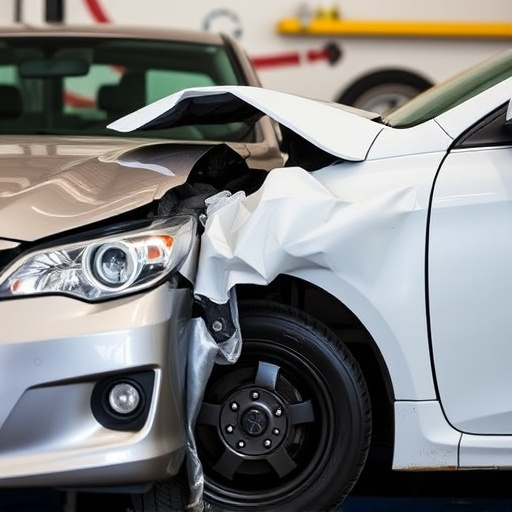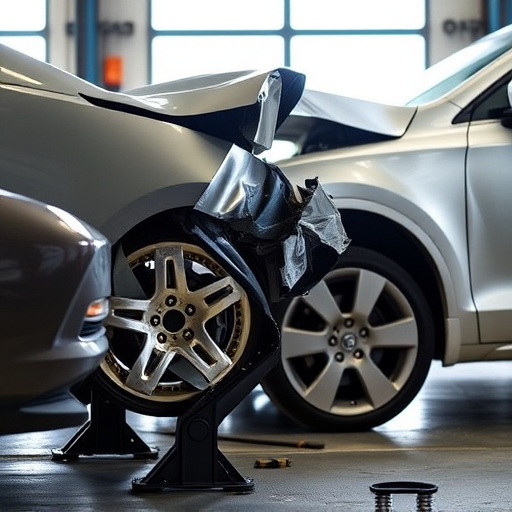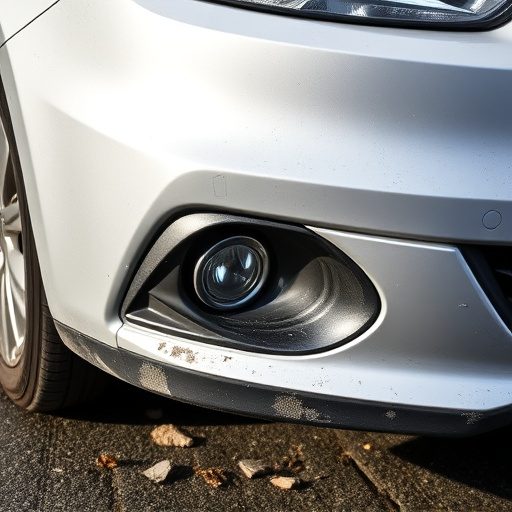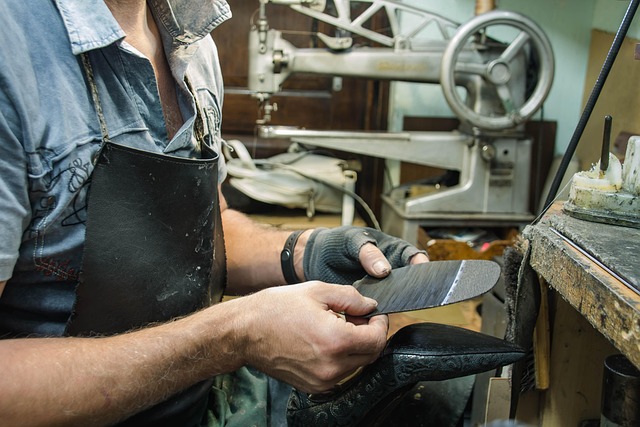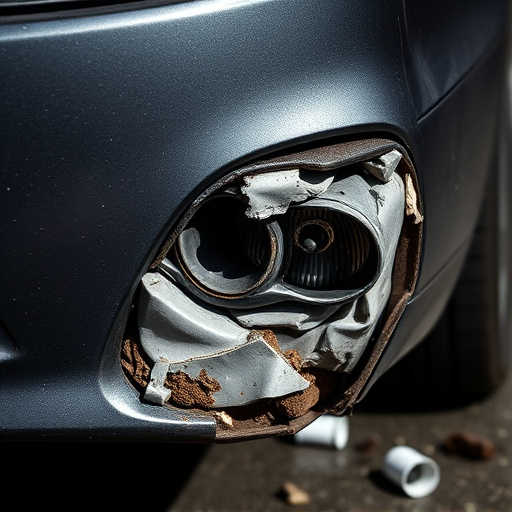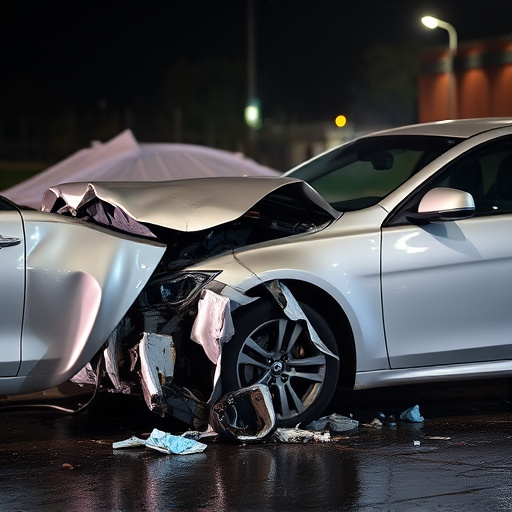Collision auto body shops employ a meticulous multi-step process: assessment, disassembly, individual repair, expert straightening, precise painting, and reassembly to restore vehicles to pre-accident condition. Effective tracking systems like digital management software enhance efficiency, customer satisfaction, inventory management, and labor costs. Clear communication, precise measurements using advanced tools, and documentation set expectations, foster trust, enable quality control, and improve future repairs.
In the realm of collision auto body shop repairs, tracking progress is paramount for ensuring quality and customer satisfaction. This comprehensive guide delves into the intricacies of the collision auto body repair process, highlighting the implementation of effective tracking systems. We’ll explore how to measure and communicate the success and challenges encountered along the way, providing a roadmap for collision shops to optimize their operations and deliver exceptional results.
- Understanding Collision Auto Body Repair Process
- Implementing Effective Tracking Systems for Progress
- Measuring and Communicating Repairs' Success and Challenges
Understanding Collision Auto Body Repair Process
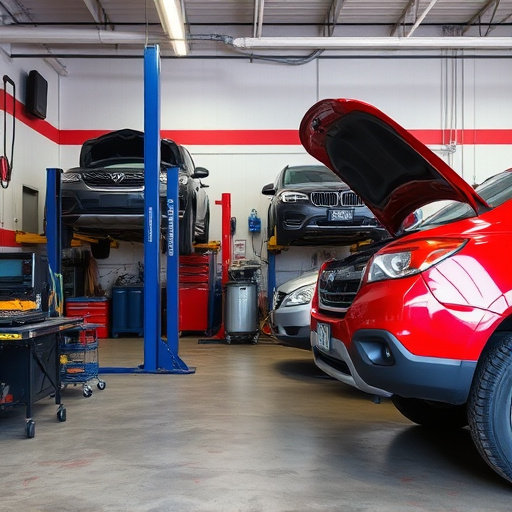
The collision auto body repair process involves several steps designed to restore a damaged vehicle to its pre-accident condition. It begins with an assessment to identify the extent of the damage, followed by disassembly and separation of the affected components for individual attention. Skilled technicians then conduct repairs ranging from straightening bent panels using specialized equipment to replacing major parts like fenders or hoods. The heart of the process lies in meticulous vehicle paint repair, ensuring color matching perfection for a seamless finish.
Once repairs are complete, careful reassembly ensures all parts fit perfectly. This intricate work demands precision and attention to detail. After final inspections, the collision auto body shop will use advanced painting techniques to match the original factory finish, concealing any signs of the previous accident. The end result is a vehicle that not only looks like new but also performs as such on the road, showcasing the expertise and dedication of the collision auto body repair professionals.
Implementing Effective Tracking Systems for Progress
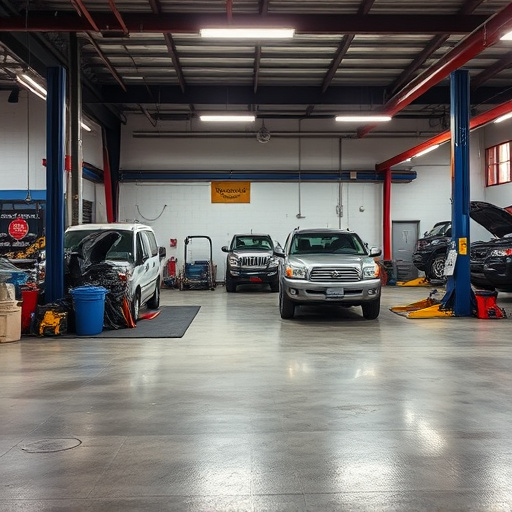
Implementing Effective Tracking Systems for Progress at a collision auto body shop is pivotal to ensuring efficiency and customer satisfaction. Digital management software plays a crucial role in this regard, offering tools that streamline every step of the repair process. These systems enable real-time updates on parts inventory, work orders, and labor costs, providing an accurate picture of each vehicle’s status.
By integrating such tracking mechanisms, auto body shops can significantly enhance their operational transparency. This allows for better communication with clients, as progress reports are readily available. Moreover, efficient tracking systems facilitate data analysis, helping shop managers identify trends, optimize workflows, and ultimately improve the overall quality of auto repair services offered by car body shops.
Measuring and Communicating Repairs' Success and Challenges
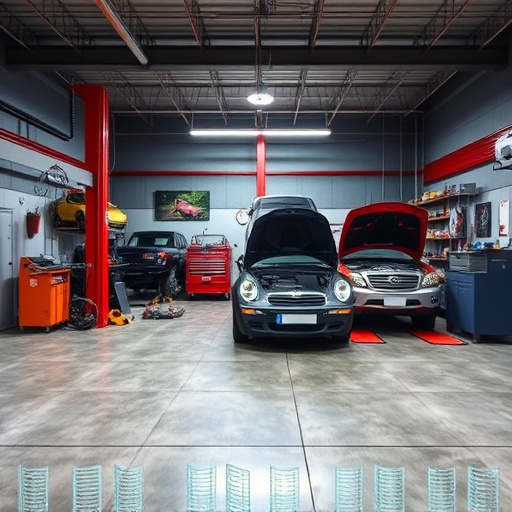
Measuring and communicating the success or challenges of collision auto body shop repairs is a vital aspect of ensuring customer satisfaction and maintaining high standards. Successful collision repair shops use clear, comprehensive communication to set expectations and keep customers informed throughout the process. This includes detailed estimates, outlining each step of the repair, and providing regular updates on progress. By doing so, they can address any concerns or misconceptions early on, fostering trust and transparency.
Additionally, these shops employ precise measurement techniques to assess both the extent of damage and the effectiveness of repairs. Advanced tools and software help in documenting pre and post-repair conditions, allowing for accurate comparisons. This data not only helps in quality control but also serves as a reference point for future improvements in collision auto body shop procedures, ultimately enhancing the overall car paint repair and collision damage repair experience.
Tracking progress in collision auto body shop repairs is vital for ensuring efficient service, customer satisfaction, and business success. By understanding the repair process, implementing robust tracking systems, and effectively communicating outcomes, shops can deliver high-quality work that meets or exceeds expectations. This systematic approach not only streamlines operations but also fosters trust and transparency with clients, solidifying the shop’s reputation as a reliable collision auto body service provider.

